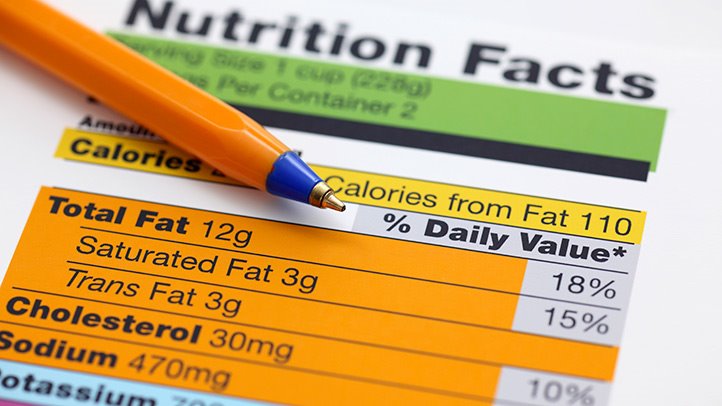The U.S. Food and Drug Administration (FDA) proposed an extension of the compliance dates for the final rules mandating changes to food, beverage, and supplement labeling. The extension would provide large food businesses (defined for these rules as grossing ten million dollars or more in annual sales) until January 1, 2020 to comply, while small businesses would have an additional year.
Despite the extension, Registrar Corp urges food manufacturers to begin the process of updating product labeling now to ensure compliance by the deadline. FDA proposed this extension due to industry concerns over complying in time with the initial July 2018 deadline. They cited “issues regarding (among other things) the need for upgrades to labeling software, the need to obtain nutrition information from suppliers, the number of products that would need new labels, and a limited time for reformulation of products.” (federalregister.gov)
Mandated updates to daily values for certain nutrients will require many food manufacturers to adjust percent daily values on their labels. Additionally, vitamin D and potassium will be newly required on labels. Many manufacturers will need to conduct laboratory tests for vitamin D, potassium, and other nutrients in their products. As the deadlines approach, laboratories may see a high volume of nutrient testing requests, leading to potential difficulties in scheduling tests as laboratories near capacity. The cost of tests may also increase from high demand, and delays in obtaining results may occur.
The daily value updates affect the eligibility for some food manufacturers to make claims. Nutrient content claims that state products are “high in” certain nutrients or health claims such as “may reduce the risk of” often require the product in question to contain a specific percentage of a nutrient’s daily value consumed in one serving.
For example, the new rules increase the daily reference value (DRV) of fiber from 25 to 28 grams. FDA requires a product to contain 20% or more of the DRV per reference amount customarily consumed (RACC) in order to claim it is “high in fiber”. A product with 5 grams of fiber per 25-gram RACC (20%) may claim to be “high in fiber” now, but once the new DRV of 28 grams takes effect, the same product will only contain about 18%. The product may need to be reformulated with more fiber or the claim will need to be removed from the product labeling by the deadline.
The earlier you begin, the more time you allot for the unexpected and improve the chance of avoiding a surplus of outdated labeling inventory. Should you need assistance, Registrar Corp’s Regulatory Specialists are well-versed in FDA’s new food labeling rules and can transition your product labels for you. In addition to a report explaining all our changes, you will receive a print-ready file of your revised label.



